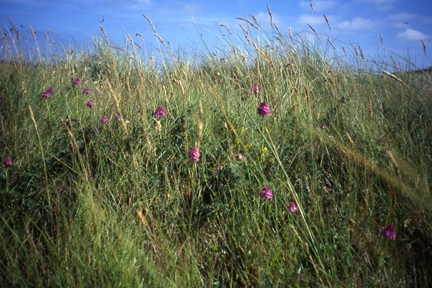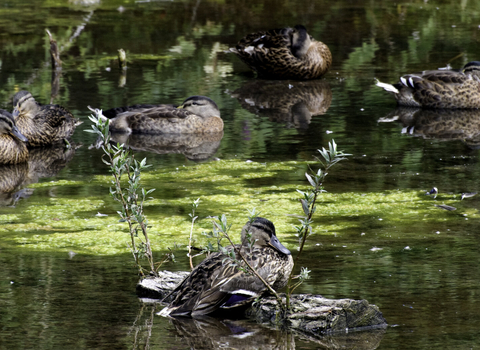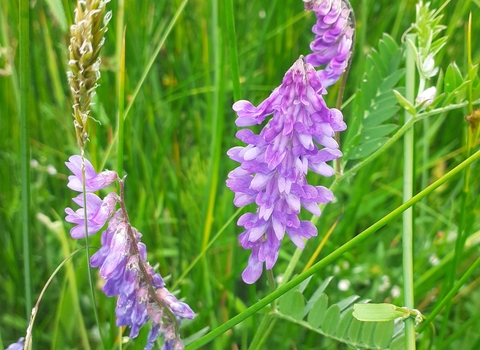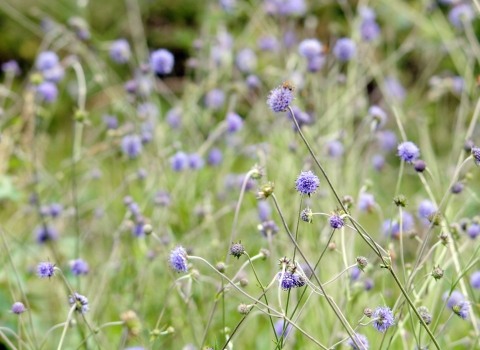Tricia Sayle
Cronk y Bing ASSI
Cronk y Bing is excellent for birdwatching, including sea-watching, migration-watching (year round). It is home to beach-nesting birds including Schedule 1 specially protected Ringed Plover and red-listed Oystercatcher (therefore no dogs are allowed on site). It is also home to one of the largest high tide bird roosts on the Island, used by hundreds of waders, gulls and other seabirds (at almost all stages of the tide). To date MWT staff and our volunteers have recorded over 116 different species of bird on this internationally important site.
Know before you go
Dogs
No dogs permitted throughout the year.
When to visit
Opening times
Open at all timesBest time to visit
June to September (flora), year round (birdlife)About the reserve
Cronk y Bing forms part of a much larger sand dune system extending to the Point of Ayre and is an ASSI. Marram grass (known locally as 'bent') dominates with a range of other plants including pyramidal orchid, sea bindweed, restharrow, common stork's-bill, harebell, sheep's-bit, wild carrot and burnet rose. The adjacent shoreline is a favoured breeding ground for oystercatcher and ringed plover. During the autumn divers, grebes, sea duck, skuas, a variety of gulls and waders are often seen. The Island's largest roost for Common Gull is found here. Off the coast, the waters are part of the West Coast Marine Nature Reserve were seals and diving gannets may also be seen.
Management: Limited management is required on this site.
Species
Contact us
Environmental designation

Cronk y Bing



